For decades, dinosaurs have been the ultimate scientific enigma—part monster, part misunderstood giant.
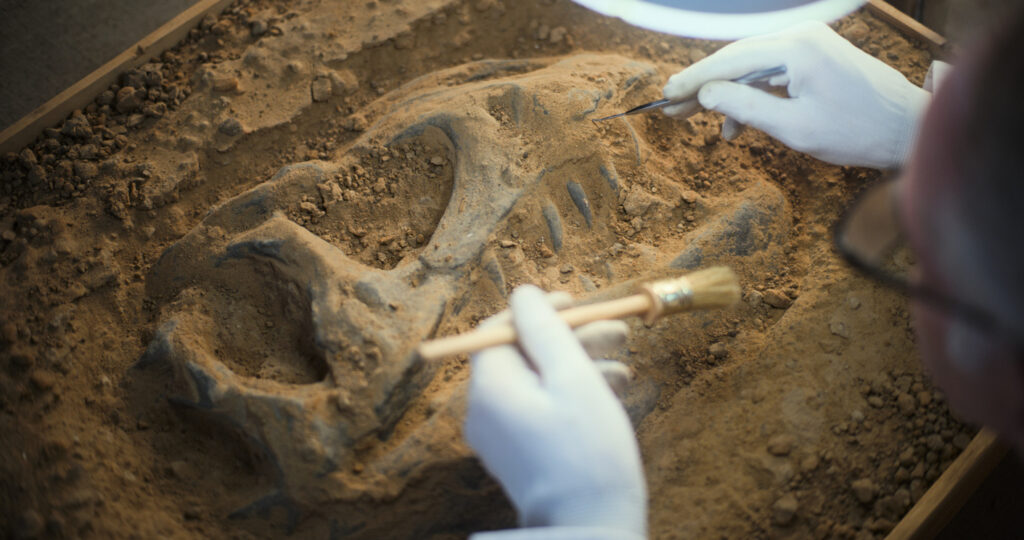
However, in recent years, a string of fossil discoveries has helped clear up some of the biggest mysteries that have baffled palaeontologists for generations. From how they moved to how they looked, here are 13 dinosaur questions that science is finally answering. Luckily, there are still plenty of other mysteries to uncover!
1. What colour were dinosaurs, really?
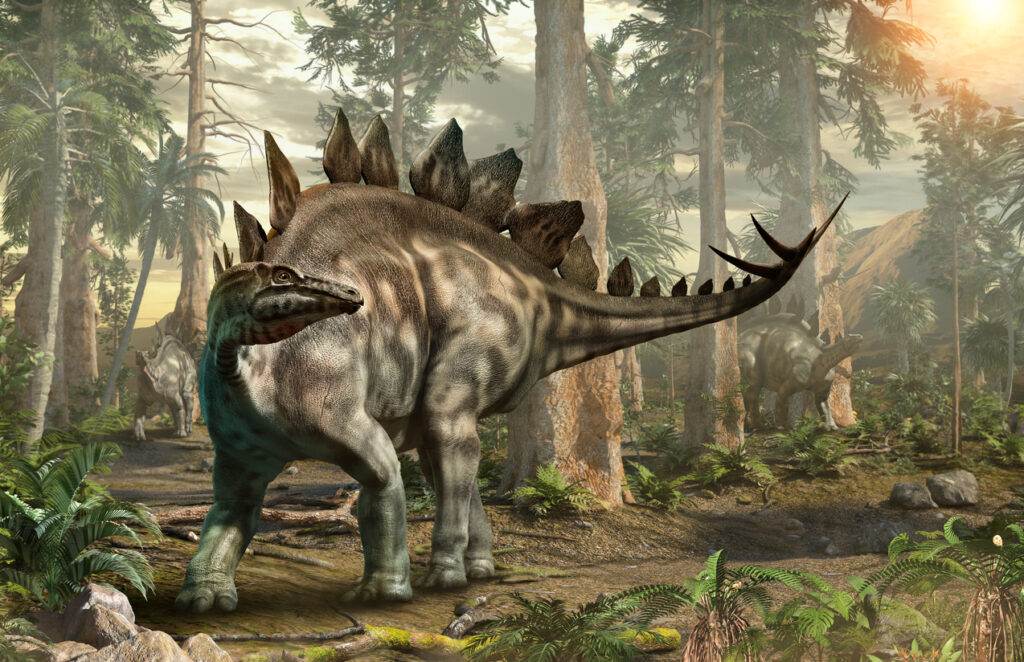
For years, their colours were anyone’s guess—usually grey, green, or brown in textbooks. However, recent fossil finds, especially those preserving microscopic structures called melanosomes, have revealed patterns and pigments. Some small dinosaurs had iridescent feathers or stripy tails, and one even had ginger plumage not far off a red panda’s colouring.
This discovery changes how we visualise dinosaurs entirely. It’s not just a cosmetic detail—it suggests their colouring was used for display, camouflage, or even attracting mates, much like modern birds. The Jurassic wasn’t just brutal—it might have been surprisingly vibrant.
2. Did all dinosaurs have scaly skin?
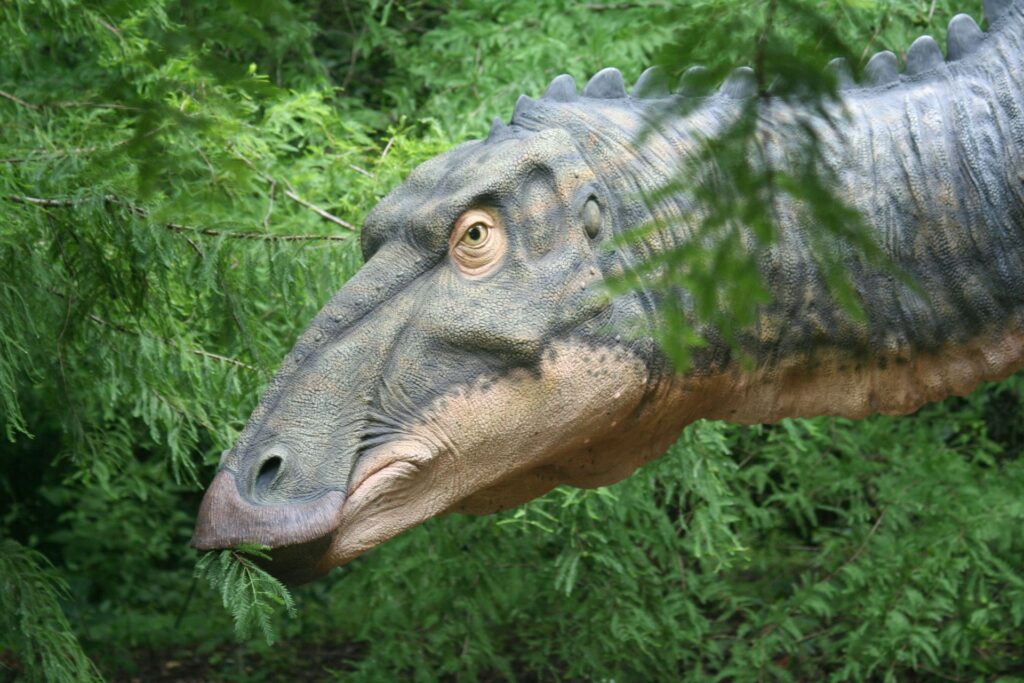
Fossilised impressions once led everyone to assume dinosaurs were leathery and reptilian. But more recent finds in China and Germany have shown that feathers weren’t just limited to the birdlike species. Plenty of non-avian dinosaurs, like the tyrannosaur family, had downy or fuzzy coverings.
This doesn’t mean every dinosaur was feathered, but it does suggest that feathers evolved earlier than once thought. They may have started as insulation or display features before ever becoming useful for flight. Scaly monsters? In many cases, not anymore.
3. Could T. rex run?

Pop culture made Tyrannosaurus rex look like it could sprint after a jeep, but the bones tell a different story. New biomechanical models and fossil analysis show T. rex likely couldn’t run in the traditional sense. Its huge weight would have made fast running dangerous—its bones would have fractured from the strain.
That doesn’t mean it was slow, though. Its stride was massive, and it likely moved quickly with a kind of power-walking pace. Prey didn’t have to worry about a sprinting T. rex, but they still wouldn’t have outrun it easily.
4. What did dinosaur roars sound like?
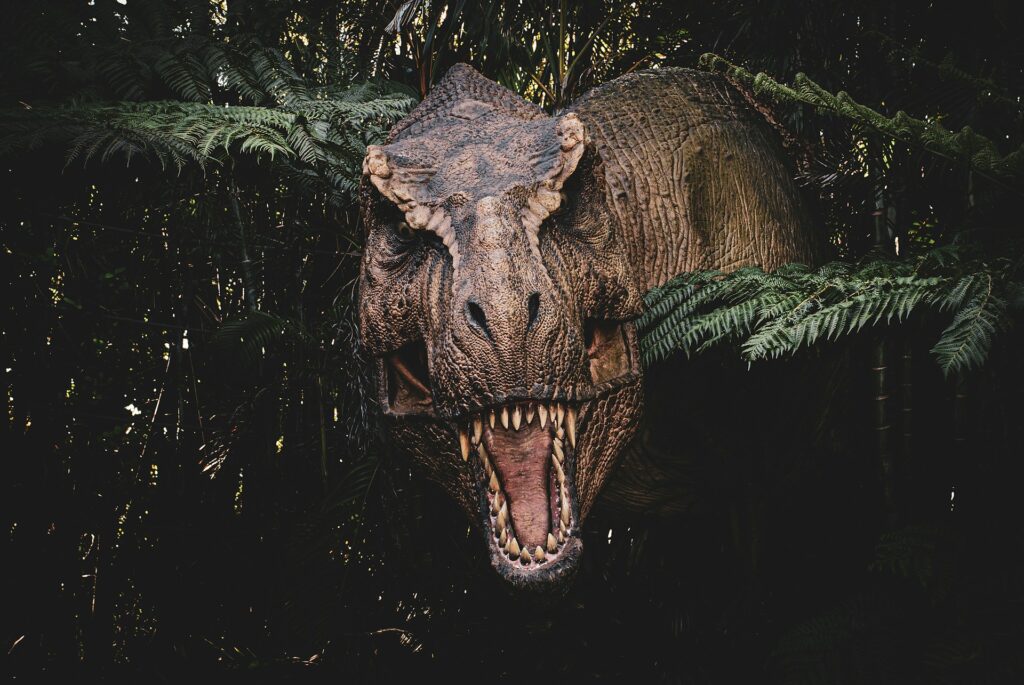
Thanks to Hollywood, we picture them roaring like lions or bellowing like angry crocodiles. However, fossil studies, especially comparisons with birds and crocodilians, suggest that many dinosaurs likely made closed-mouth vocalisations—more like deep rumbles or resonant booms.
Instead of constant roaring, it’s more likely that dinosaurs used low-frequency sounds for long-distance communication or threats. Some may have had inflatable throat sacs for producing haunting, almost droning calls—not too far off the sounds of an ostrich or cassowary today.
5. Were dinosaurs warm-blooded?

This one was long debated. Were they cold-blooded like reptiles or warm-blooded like birds? Recent studies on bone growth rings and isotopic analysis suggest the answer is somewhere in between—a unique metabolism called mesothermy.
That means they could regulate their body temperature, but not as efficiently as mammals or birds do today. It explains how some could grow rapidly and stay active while still being influenced by their environment. Evolution didn’t box them into one category—it did its own thing entirely.
6. How did sauropods get so massive?
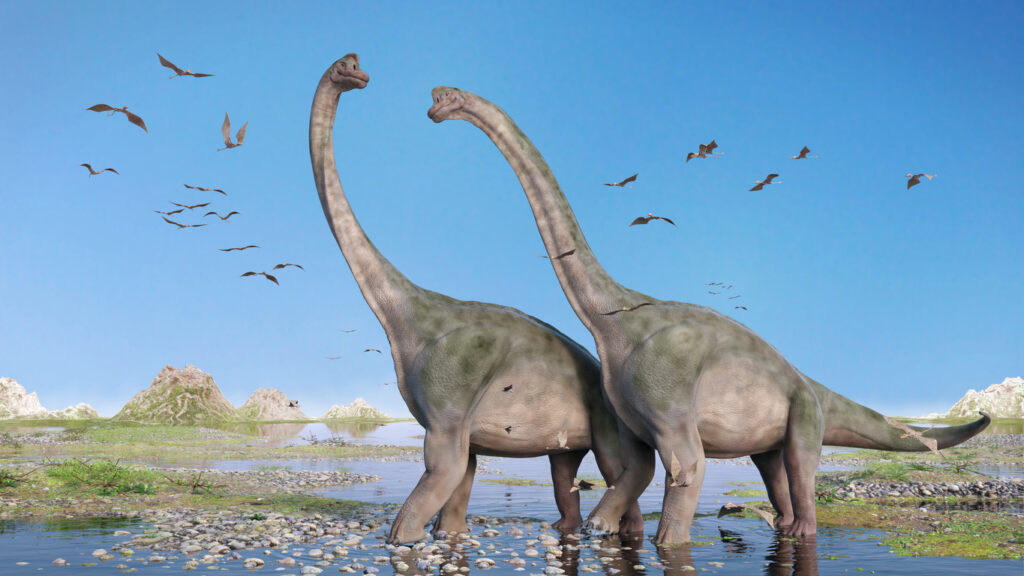
Long-necked dinosaurs like Brachiosaurus or Argentinosaurus reached sizes no land animals since have come close to. New fossil evidence and CT scans show that their bones were full of air pockets, similar to modern birds, which kept them much lighter than they appeared.
Combined with a unique respiratory system, long necks to access food without moving, and fast-growing bones, they were evolutionary marvels. Instead of being weighed down by their size, they were surprisingly energy-efficient giants, designed to be enormous from the inside out.
7. Did dinosaurs get cancer?
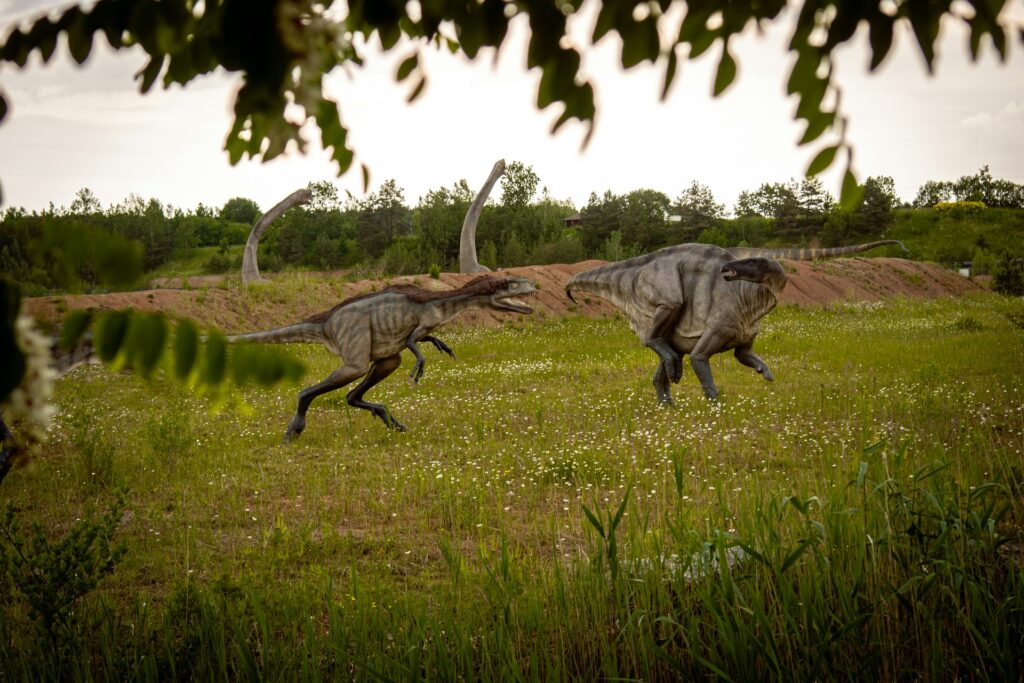
It’s easy to think of ancient animals as either perfectly healthy or constantly injured, but recent scans of fossils have confirmed that some dinosaurs suffered from tumours, infections, and arthritis. One Centrosaurus fossil even showed signs of advanced bone cancer.
This tells us dinosaurs weren’t immune to the same health issues we face. They lived hard lives, with injuries and disease marking many of their skeletons. Fossils aren’t just about structure—they’re also a record of pain, survival, and adaptation.
8. How did they care for their young?

Not all dinosaurs laid their eggs and walked off. Fossilised nesting sites, especially those found in Mongolia and Patagonia, show that some species, like Maiasaura, stayed and protected their young. Their name even means “good mother lizard.”
Nest structures, eggs arranged carefully in circles, and evidence of juveniles staying in the area all suggest a degree of parental care. It adds a layer of emotional complexity we don’t often associate with dinosaurs—turns out, some of them were doting parents.
9. What killed the dinosaurs, really?

Yes, we know the asteroid theory. But it’s only recently that we’ve confirmed just how rapidly the fallout changed the planet. Rock samples from the Chicxulub impact site show that the explosion caused an instant and catastrophic chain reaction—tsunamis, wildfires, and a global blackout of the sun.
This wasn’t a slow decline—it was a wipeout. Temperatures plummeted, ecosystems collapsed, and plant life withered. Many dinosaur species likely died within weeks, not years. The asteroid didn’t just kill them—it reset the Earth entirely.
10. Why did some dinosaurs survive?
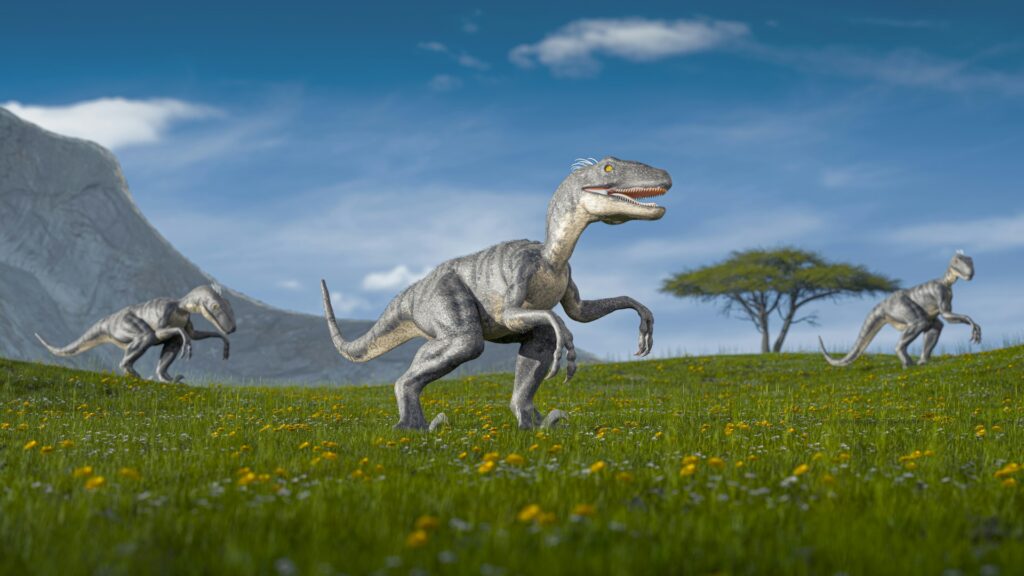
Birds are dinosaurs’ last living descendants, but why did they make it through? Fossil records show that many bird-like species had smaller bodies, faster breeding cycles, and more varied diets, which helped them adapt to the post-impact world.
The survivors weren’t the biggest or scariest—they were the ones best suited to a world in chaos. This shift highlights the importance of flexibility in evolution. Dinosaurs didn’t entirely vanish. The clever, the light, and the adaptable ones just evolved into what’s now flying above our heads.
11. Did dinosaurs migrate?
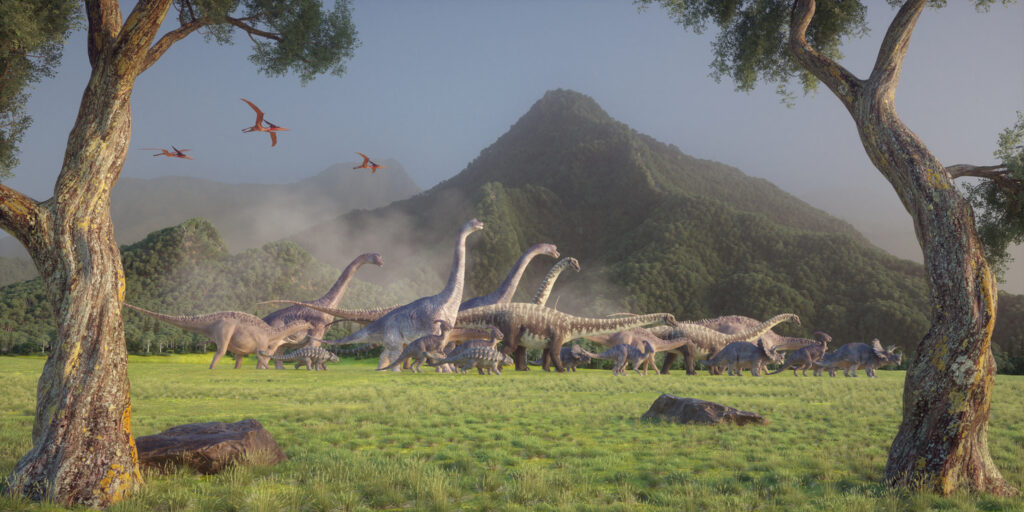
Evidence from fossilised tracks and bonebeds now suggests that some species, particularly herbivores, migrated in herds. The discovery of thousands of fossils in one place, often across age ranges, points to seasonal movement and communal life.
Like caribou or wildebeest today, dinosaurs likely travelled to follow food and avoid harsh conditions. This changes how we see them—not just as animals bound to a single territory, but as roaming, strategising survivors that coordinated movement across vast landscapes.
12. Could any dinosaurs swim?
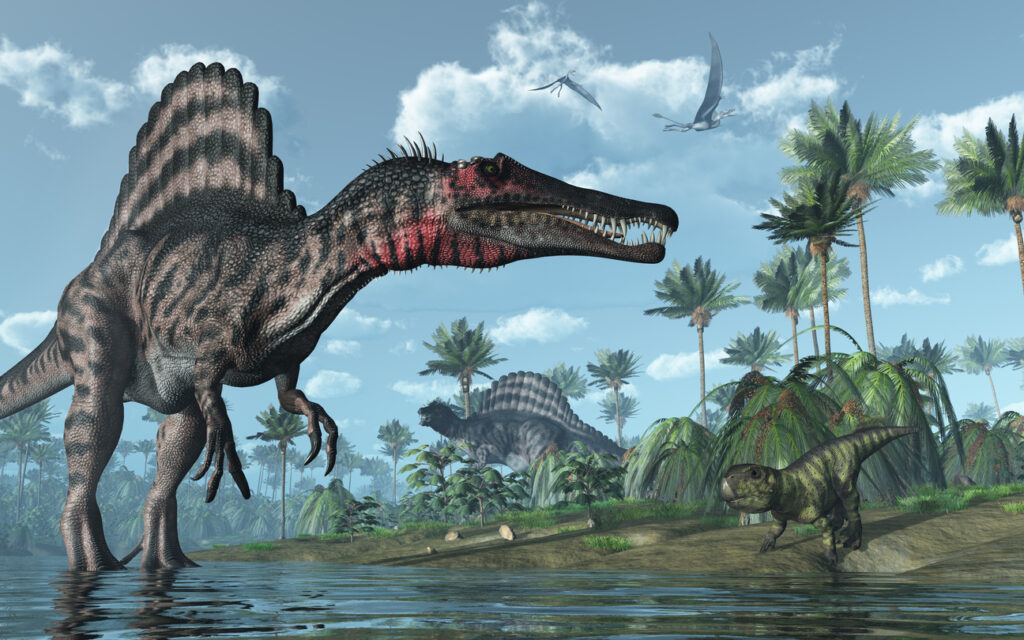
It turns out, yes—at least some of them. Fossils of Spinosaurus, including its strange paddle-like tail and dense bones, show it was adapted to a semi-aquatic lifestyle. This was the first known swimming dinosaur, not just a land predator dipping its toes.
This shakes up the idea of what dinosaur ecosystems looked like. Lakes and rivers weren’t just habitats for fish and amphibians—some dinosaurs were built to thrive there. Spinosaurus wasn’t just unusual. It was evolution’s aquatic experiment.
13. Were dinosaurs smart?
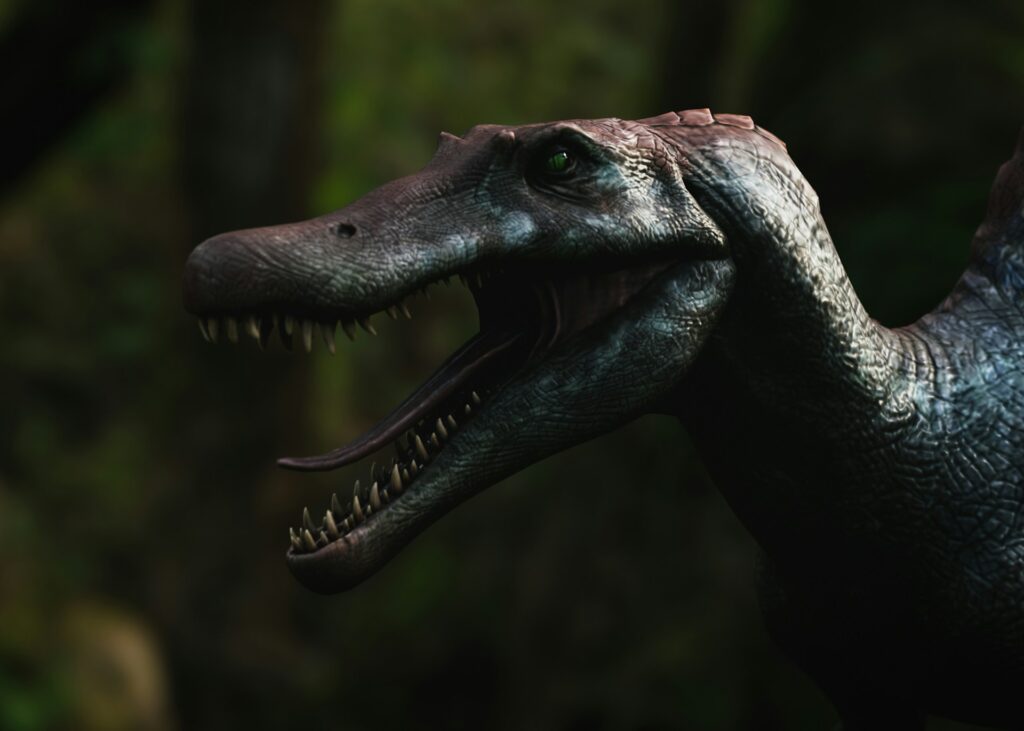
Not all of them, of course. But some species, particularly smaller theropods like Troodon, had relatively large brains for their size. Fossils of their skulls show developed optic lobes and a keen sense of smell, suggesting sharp sensory perception and possibly pack hunting behaviours.
Dinosaurs weren’t just lumbering, instinct-driven creatures. Some were clever, agile, and capable of complex interaction. The smarter ones weren’t always the biggest—but they were likely the hardest to outwit in the prehistoric world.